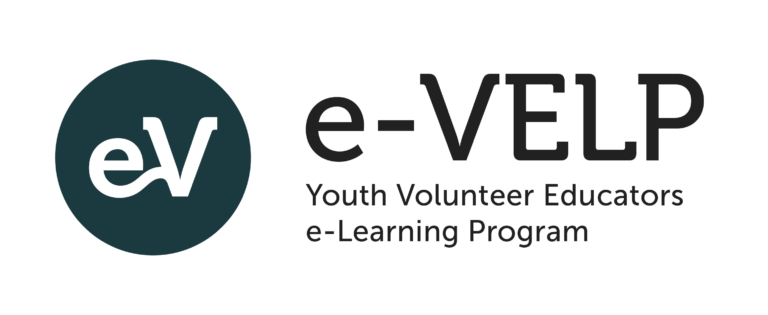Unit B.2.3 Designing reflection questions and running the process
Designing reflection questions
Designing reflection questions
and running the process
Designing reflection questions
and running the process
Designing reflection questions
and running the process
The questions for reflection depend on the educational goal, therefore the same activity (experience), if reflected with different questions, can lead to different learning outcomes. The following steps of reflection are usually proposed to be followed after a learning experience:
pexels.com
1.Facts. The activity is debriefed: participants deconstruct the activity/experience by discussing what was happening, who did what, who participated, etc.
2.Emotions. You can ask how the participants felt during the process, how they are feeling after the activity has ended. However, it might be preferable to speak about emotions first and then go into the facts, especially if the activity has caused many emotions and can overshadow the facts.
3.Findings. What did I learn, what did I understand, how is it connected to my everyday life or work?
4.Future. What should I do the same, what should I do differently, how to apply the learning outcomes;
5.Surprises. All the other important aspects that are not necessarily connected to the learning goal. It might happen that the group will steer you to the surprises first. This usually means that something more important to the group happened in the process – which is also OK. Just make sure to connect the surprises to the actual learning objective at some point of the reflection process.
It can also happen that after asking one question, the group will go through all the steps without external guidance. This is also OK; in fact, it is great, since it shows that the group is mature and has a highly developed reflection competency.
pexels.com
In order to facilitate the reflection process with a group, it might come in handy to know how to provoke the group a little since some groups and people have a tendency to give the “correct answers” which do not mean an honest and truthful answer.
1. Read through 2 pages of the probing questions guide.
2. Reformulate the following 10 “bad” questions into thought provoking questions and write down your questions  :
:
1.That presentation was fantastic, wasn’t it?
2.Was it difficult for you?
3.How happy or unhappy are you with the group?
4.Do you think the workshop helps you understand it better?
5.What was useful in this activity?
6.The new task will be based on what we’ve discussed, won’t it?
7.Don’t you think that you can do better?
8.Why didn’t you ask for help?
9.Did you like the activity?
10.What are the 4 steps of experiential learning?
3. Now it’s time to try it out for real.
Find a practice partner in this forum. Connect (skype, messenger, etc.) with him/her and help her/him reflect on their learning experience during this chapter by running a learning-interview type of reflection – use one creative method and practice asking meaningful questions.

